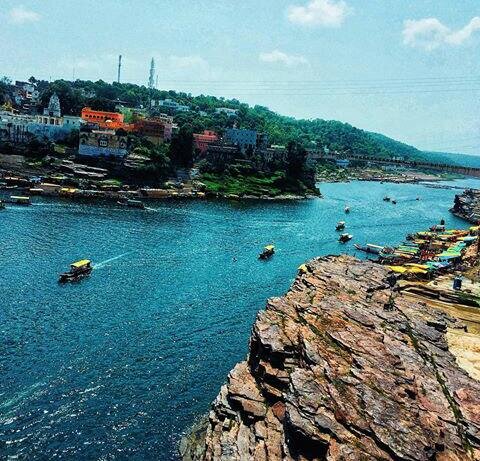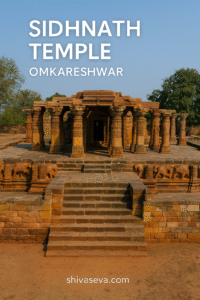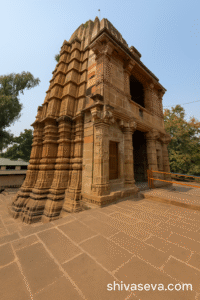Omkareshwar Parikrama
Om (ॐ) is the Mool Mantra of the four Vedas, 18 Puranas, and countless Shastras.
Though the resonance of Omkar echoes through every particle of the world, there is one place on this sacred land where the holy rivers Narmada and Kaveri together form an island in the shape of Om (Omkar), making this circumambulation especially significant.
On this island, known as Omkar Parvat, Lord Shiva resides as Omkareshwar Jyotirlinga. The Parikrama of this divine land, called Omkareshwar Parikrama, symbolizes the journey to become closer to Lord Shiva. Here, Lord Omkareshwar dwells with Maa Parvati, their family, and the 33 Koti deities.
This island is home to numerous ancient temples and mythological sites. The Pandavas are believed to have spent part of their exile here, and Adi Shankaracharya studied here, strengthening the foundations of Hinduism. The Omkareshwar Parikrama route, around 7 kilometers long, is adorned with ancient temples, ashrams, lush greenery, red-faced monkeys, and inscriptions of Geeta shlokas along the way.
Main attraction in the Parikrama Path
- Omkareshwar Jyotirlinga
- Rin-Mukteshwar Mahadev Temple
- Narmada Kaveri Sangam
- Gori Somnath Temple
- Kedareshwar Temple





